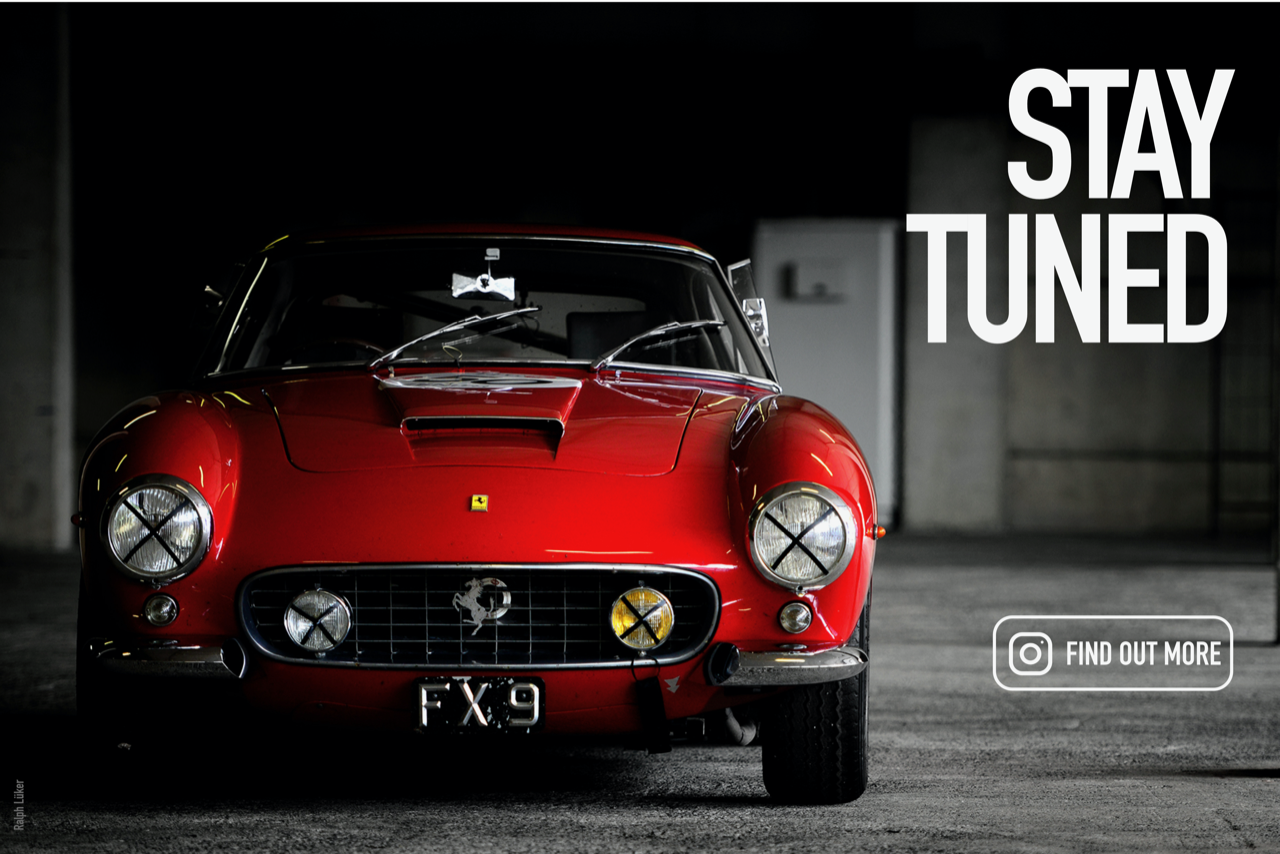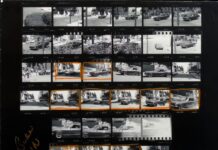With apologies to the great prewar 6C and 8C cars, and of course the elegant little Giuliettas of the 1950s, many will argue that Alfa Romeo reached its zenith of auto production with the 105 series of cars built from 1962 to 1977.
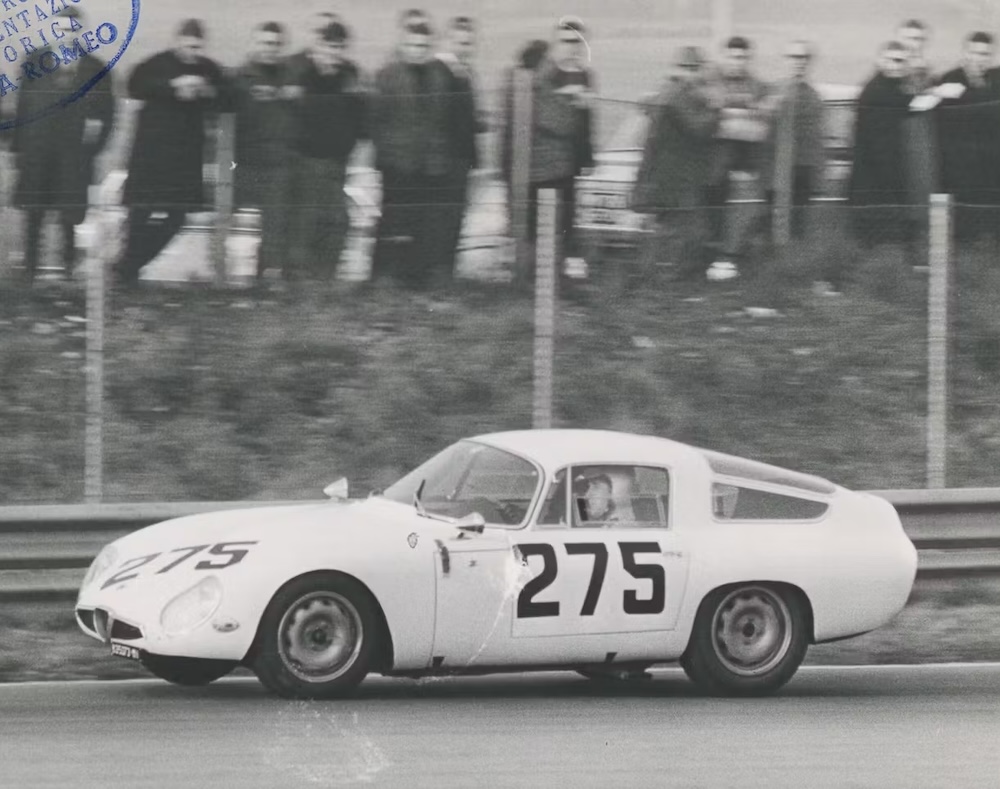
There sure were a lot of them, in a variety of body styles, too. Here are 10 of the best.
Giulia
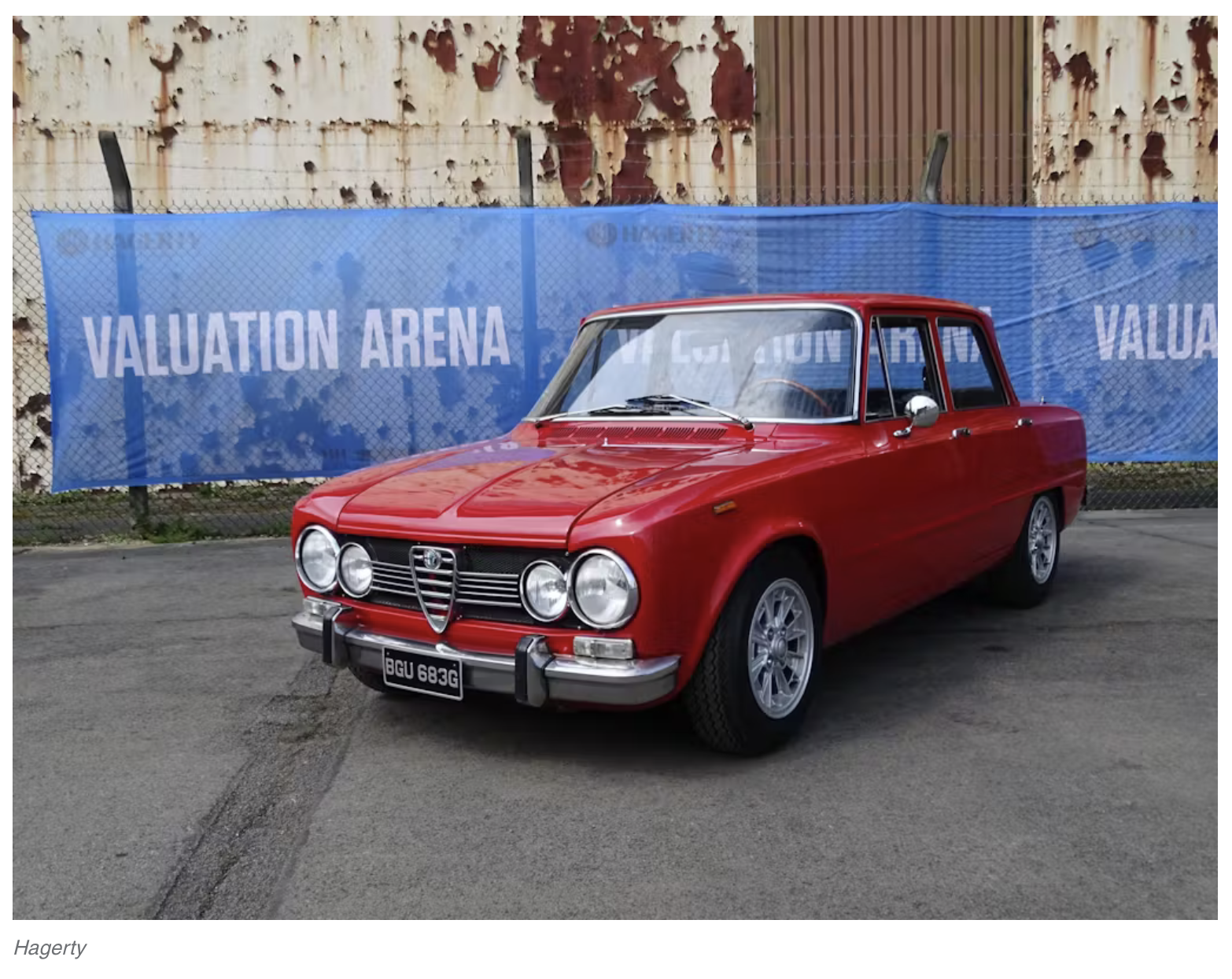
The original Giulia sedan, or Berlina, emerged in June 1962 and spawned a raft of models that shared 105-series ancestry. Although it may have appeared perpendicular and boxy, the Giulia Berlina boasted a drag coefficient of just 0.34 cd (the same as that of the fifth-gen BMW M3) and a twin-cam four-cylinder engine. These handsome sedans remained in production until 1977.
Giulia Sprint GT/GTV
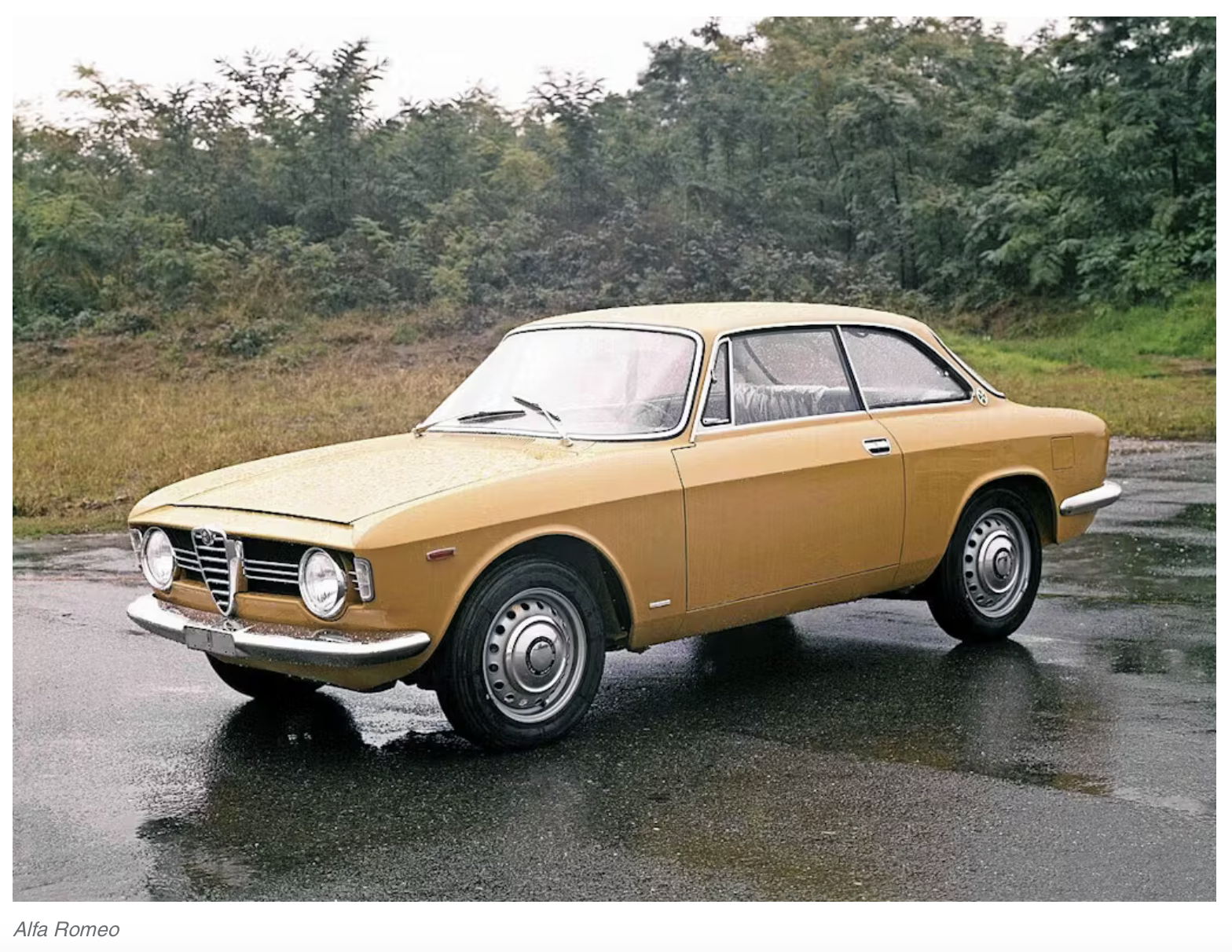
The Giorgetto Giugiaro–penned Giulia Sprint GT was a styling masterclass, with many cues lifted from his earlier 2600 Sprint. Not that this was ever intended to be a mass-produced range filler. Studio chief Nuccio Bertone envisaged a small-series offering, but he made the mistake of showing renderings to Alfa’s management, and it was adopted as a catalog model from 1963. Giugiaro liked it so much he owned one in period, although he could only afford an entry-level 1.3-liter edition.
TZ
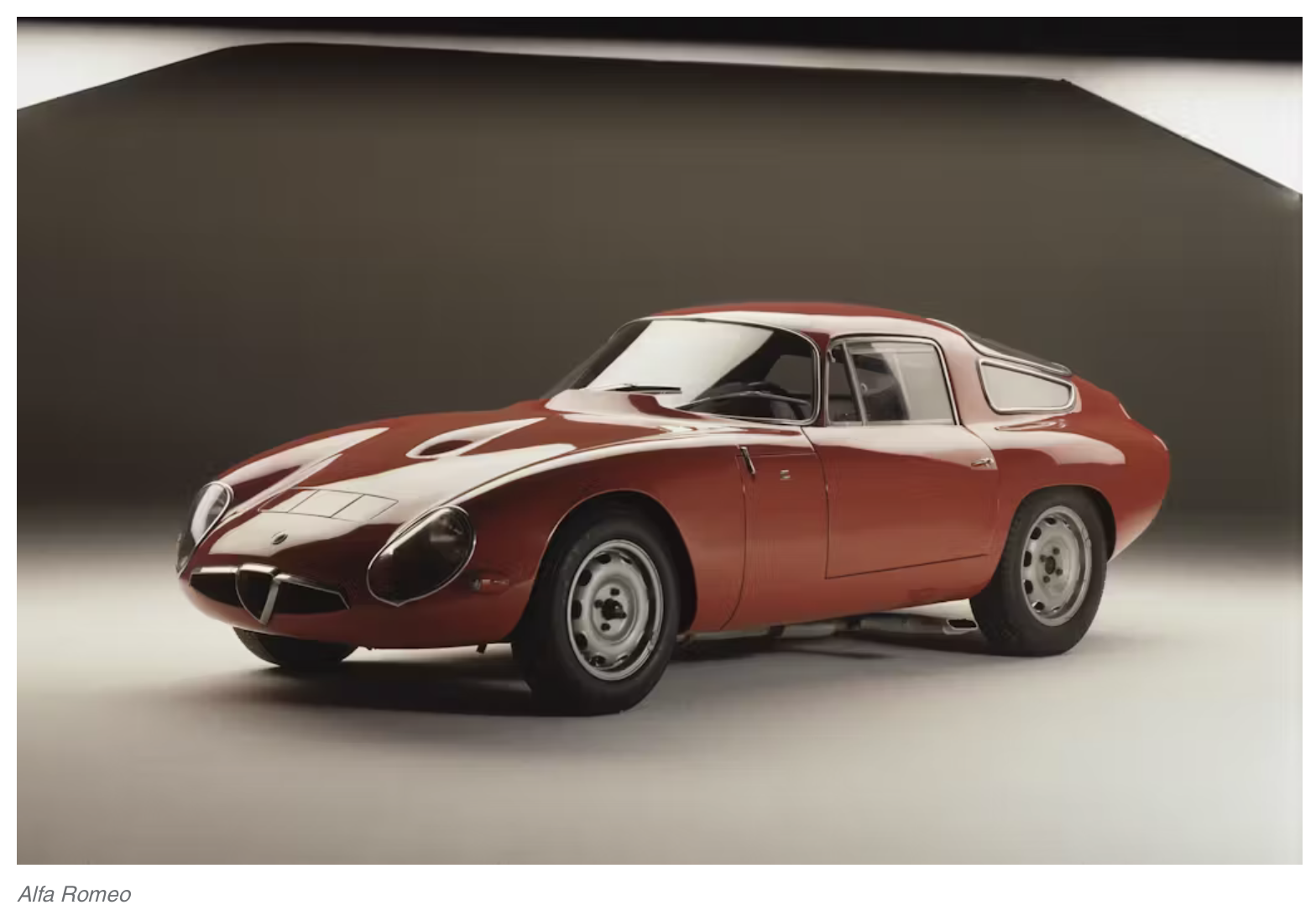
Among the more exotic 105-series spin-offs, and arguably the prettiest, the TZ (Tubolare Zagato) was a giant-slayer in period. Built with competition in mind, this flyweight device broke cover in 1963 and racked up class and overall race wins at major events across Europe and North America. Through 1966, Alfa built 117 of them. The fiberglass-bodied, low-drag TZ2 that followed in 1964 was rather more hardcore, and a mere 12 were made.
Alfa Romeo Spider
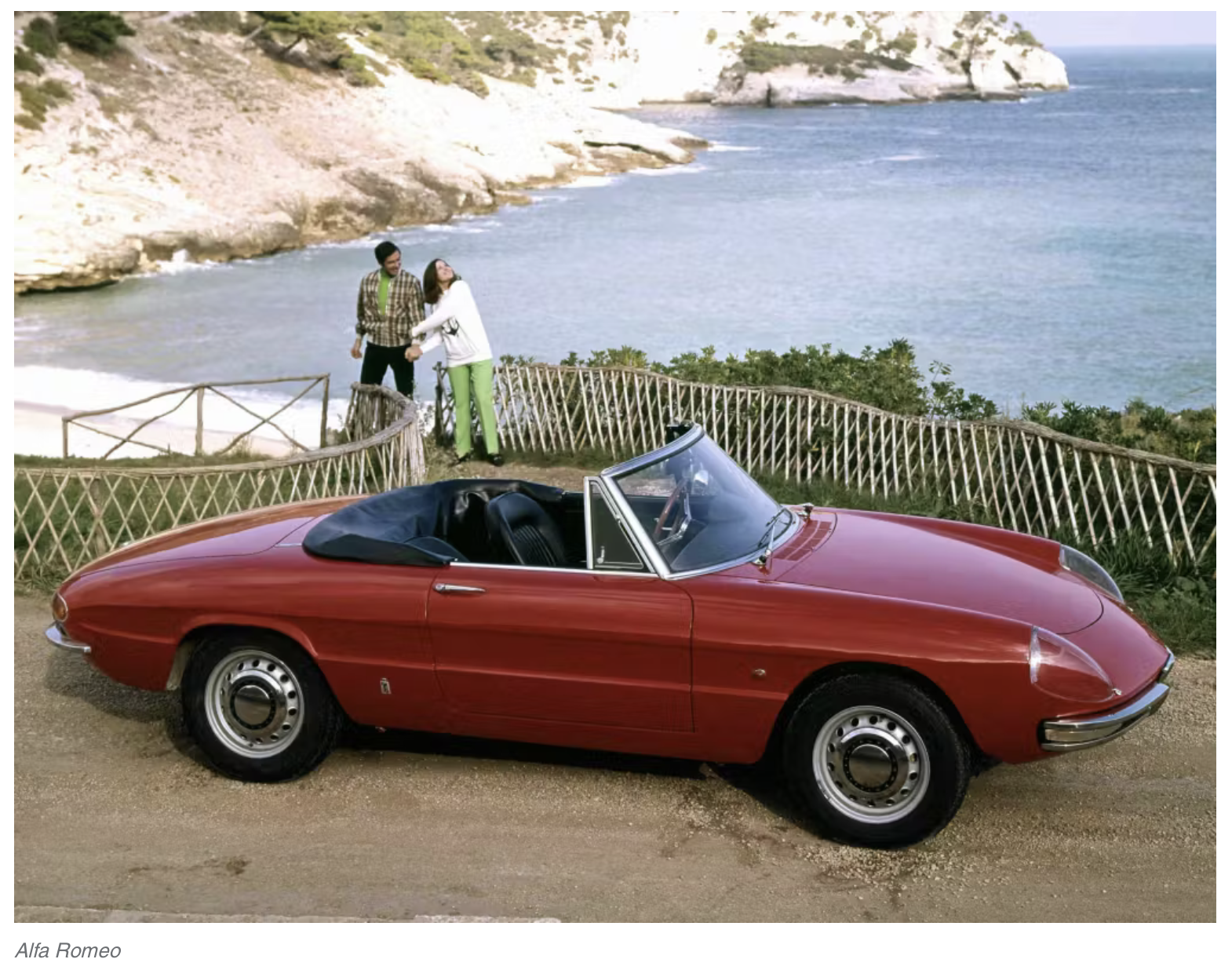
The last design to be signed off by Battista Pininfarina (he died just days after its March 1966 debut), the “Duetto” Spider’s drivetrain was lifted wholesale from the Giulia. So that meant a 1570-cc all-alloy four-cylinder engine, a five-speed gearbox, and a live rear axle suspended on radius arms and coil springs. If anything, the subsequent post-1970 Kamm tail version was better balanced stylistically. A late-run makeover in 1990 by Pininfarina rounded out 27 years of manufacture.
Giulia GTA
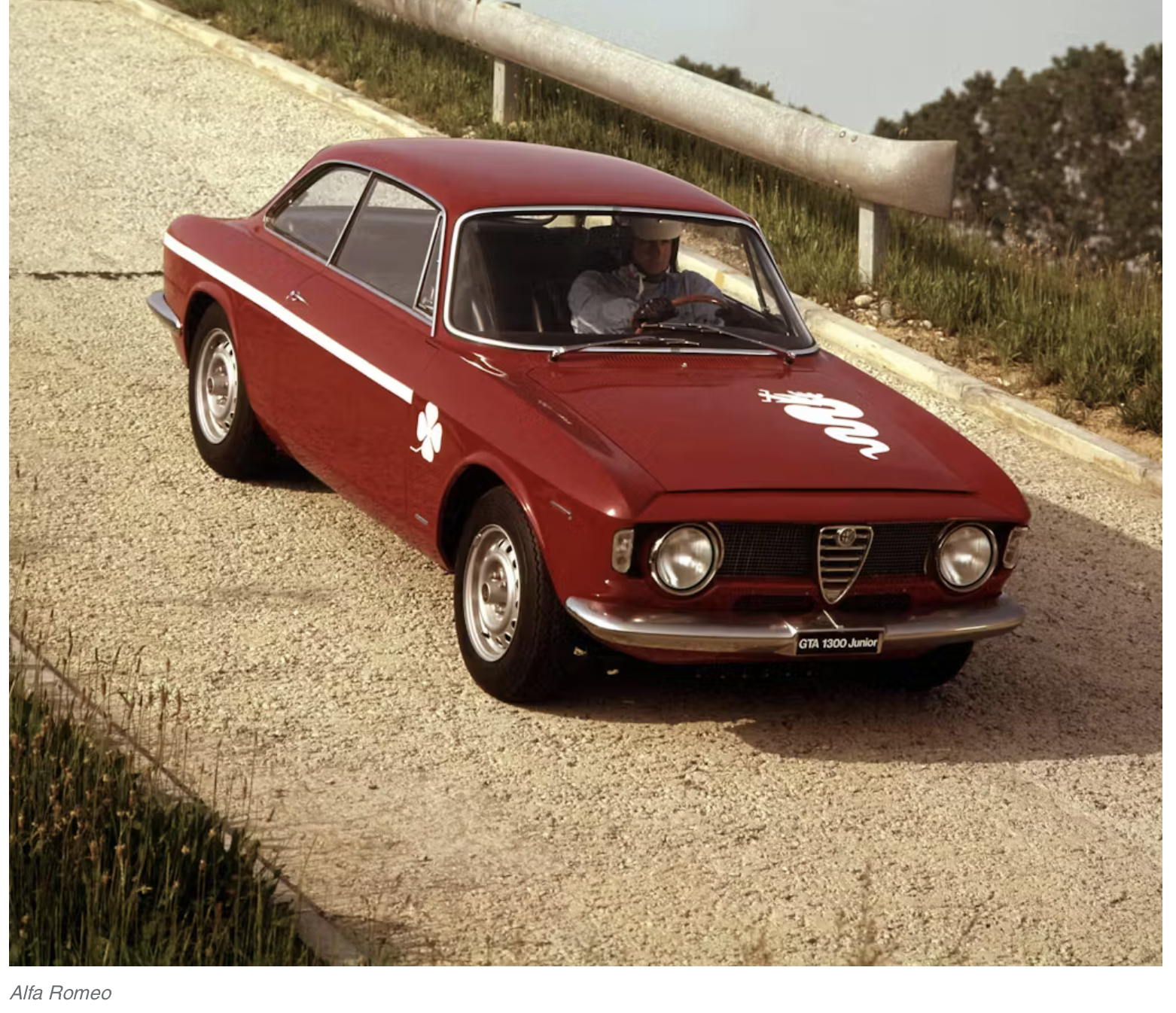
The Giulia GTA (the “A” for Alleggerita, or “Lightweight”) was just a bit more purposeful than the Sprint that bore it, with 603 pounds shaved by replacing the outer steel skin—aside from the sills and filler cap—with aluminum. The side windows, meanwhile, made way for Plexiglas. In its very first competition outing, a 1.6-liter GTA won the 1966 Sebring 4-Hour International Touring Car race, driven by future F1 champion Jochen Rindt.
Junior Zagato
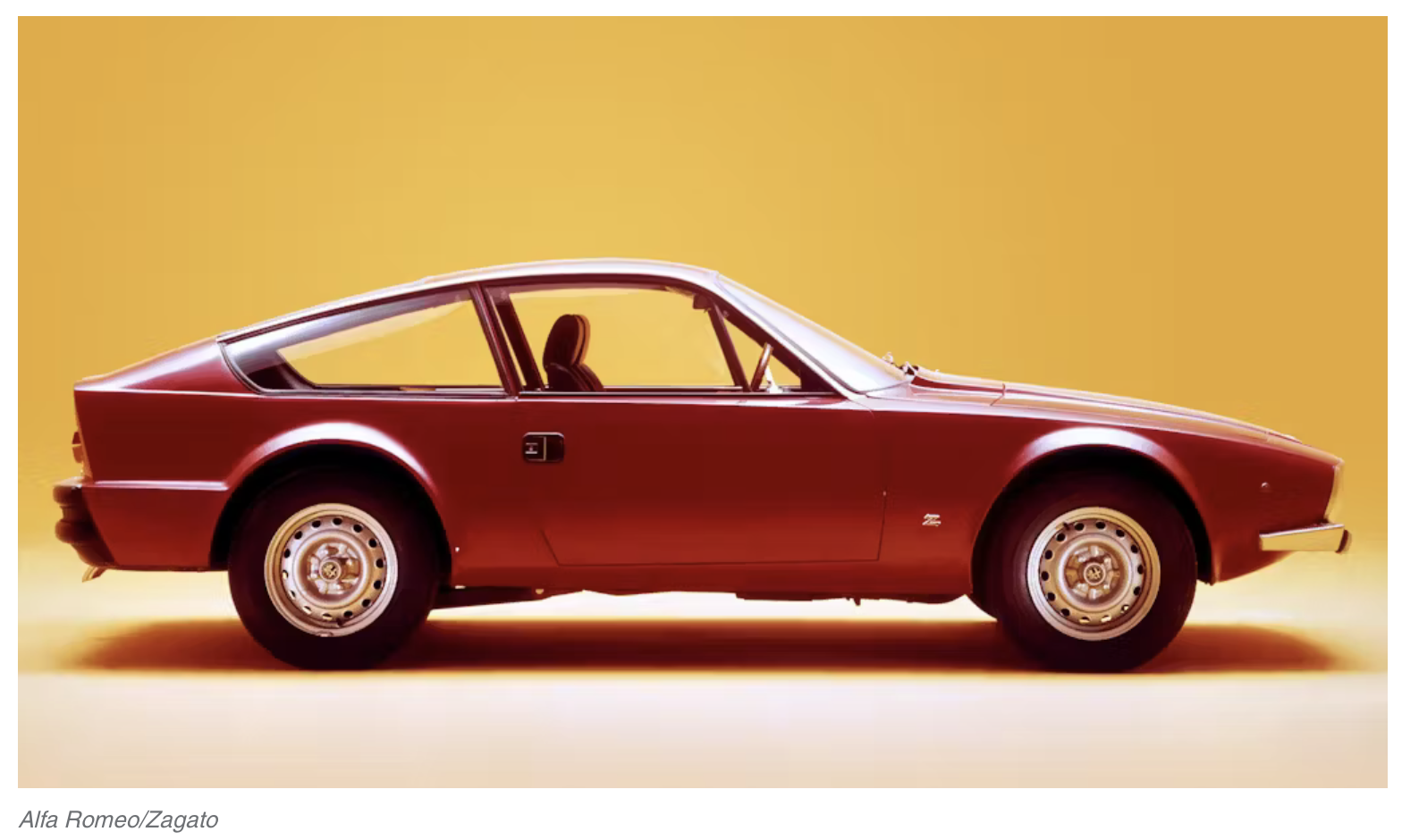
Styled by future BMW design director Ercole Spada, the wedge-shaped profile here wasn’t universally liked when it debuted in 1969. Offered in 1.3- and 1.6-liter forms, the lightweight Junior Zagato remains a brilliant driver’s car, however. Cleverly, a switch on the dash enabled the driver to raise the rear hatch a few inches to improve cabin ventilation. Alfa considered a mid-engined version as a possible motorsport entry, and a prototype was constructed, but the project went no further. Oh, and Honda appropriated the Junior Zagato’s outline for the first-gen CR-X.
1750/2000
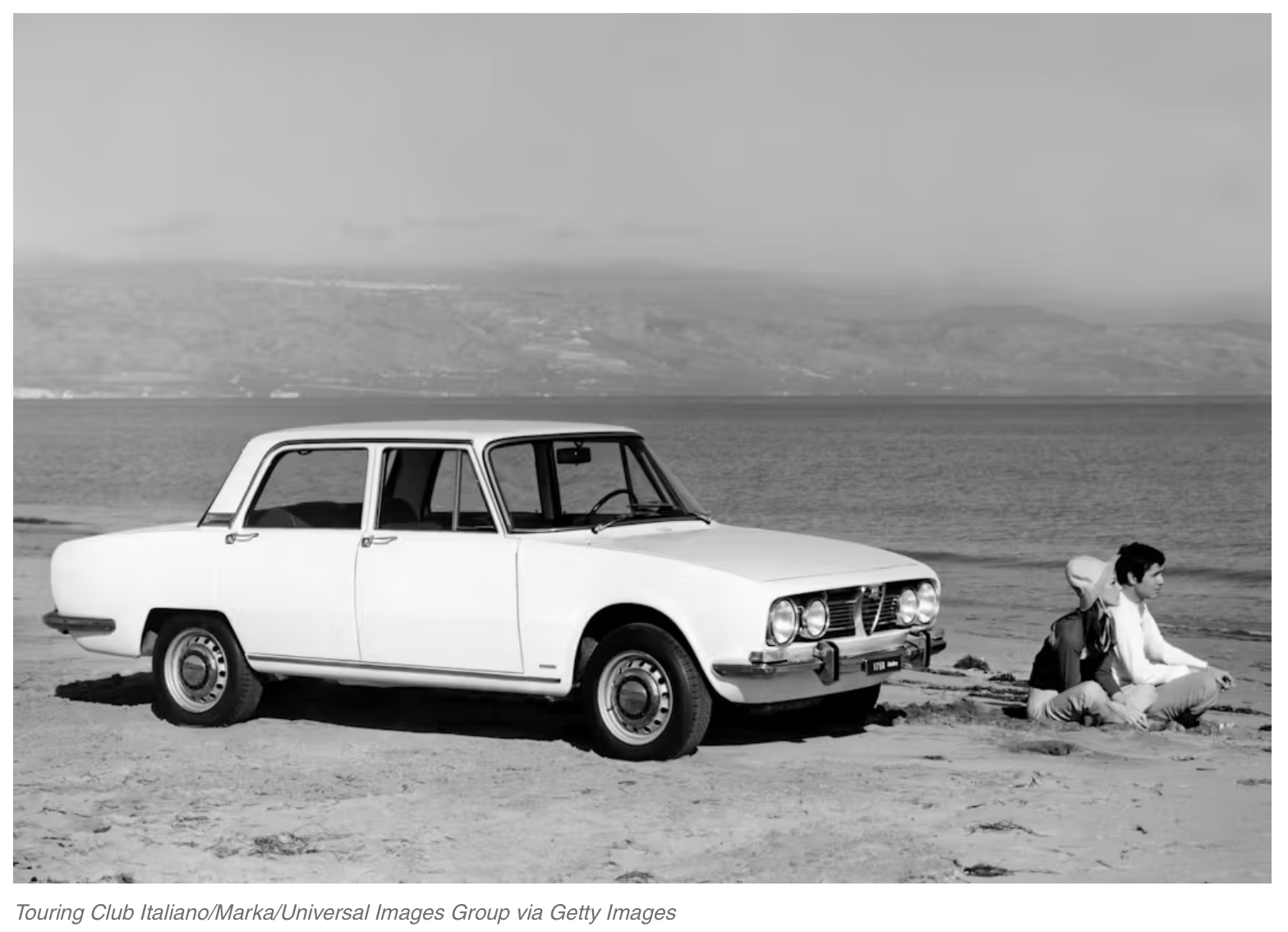
Touring Club Italiano/Marka/Universal Images Group via Getty Images
Perhaps the most underrated 105-series Alfa, the 1750 and larger-engined 2000 sibling were derived from the Giulia sedan. Universally referred to as the Berlina, this was meant to be a more aspirational model to rival contemporary BMWs. Nevertheless, Bertone’s Marcello Gandini had his hands tied somewhat because the new strain had to borrow much of the Giulia’s structure (the windscreen was also carried over). Berlinas were made in various guises from 1968 to ’77, and U.S.-market cars were equipped with SPICA mechanical fuel injection.
Gran Sport Quattroruote
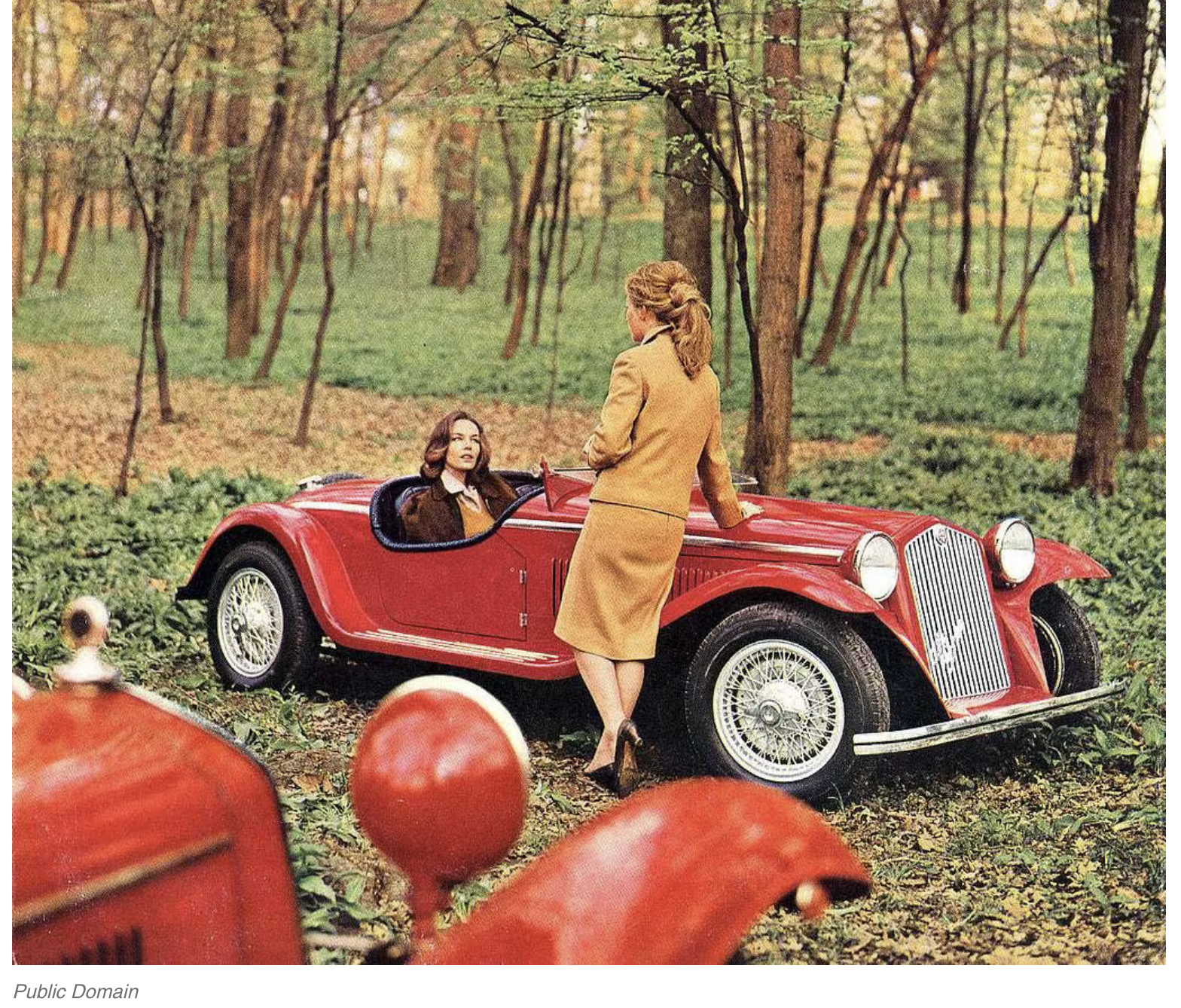
Despite the Alfa Romeo logos and Zagato coachwork, this intriguing device was dreamed up by a third party: Gianni Mazzocchi, the founding publisher of Quattroruote magazine, conjured a car styled along similar lines to his beloved 1930 Alfa 6C 1750 but one that employed Giulia Ti running gear. Mazzocchi lent his 6C 1750 roadster to act as a template; ironically, his wasn’t a Zagato-bodied variant. Ninety-two of his creations were made from 1965 to 1968.
Giulia Giardinetta

The original Giulia sedan in any of its many guises was a wonderful thing, but one variant was conspicuously absent from the range: a wagon. However, that isn’t to say that they didn’t exist, and with factory blessing. Carrozzeria Colli produced as many as 160 estates and vans based on the Giulia. Giorgetti also produced around 400 Giardinettas (pictured); Grazia a further 90 or so; Introzzi around 80; and Marazzi as many as 70. Not pictured, but certainly worth looking up: Colli also made arguably the strangest coachbuilt offering of them all, the Torpedo beach car, complete with wicker seats.
Montreal
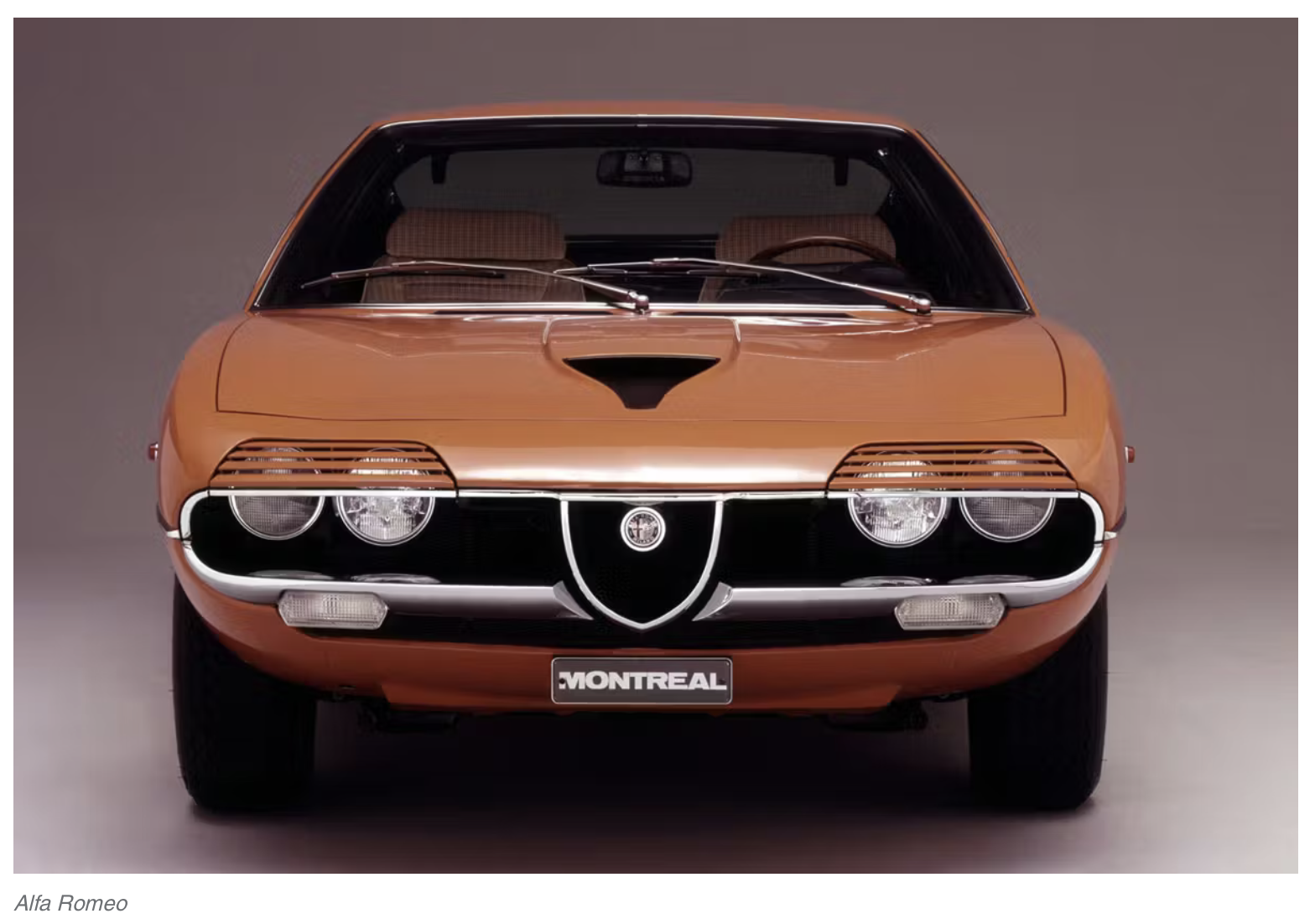
Unlike the other cars in this list, the Montreal didn’t employ a peaky twin-cam unit. Instead, Alfa dropped a quad-cam 2.6-liter V-8 into a reworked 105-series platform. Derived from a brace of Marcello Gandini–styled show cars that appeared at Expo 67 in Montreal, Quebec, the production car emerged in 1970. Alfa built 3917 of them through 1977.
Report by Nathan Chadwick for hagerty.com

